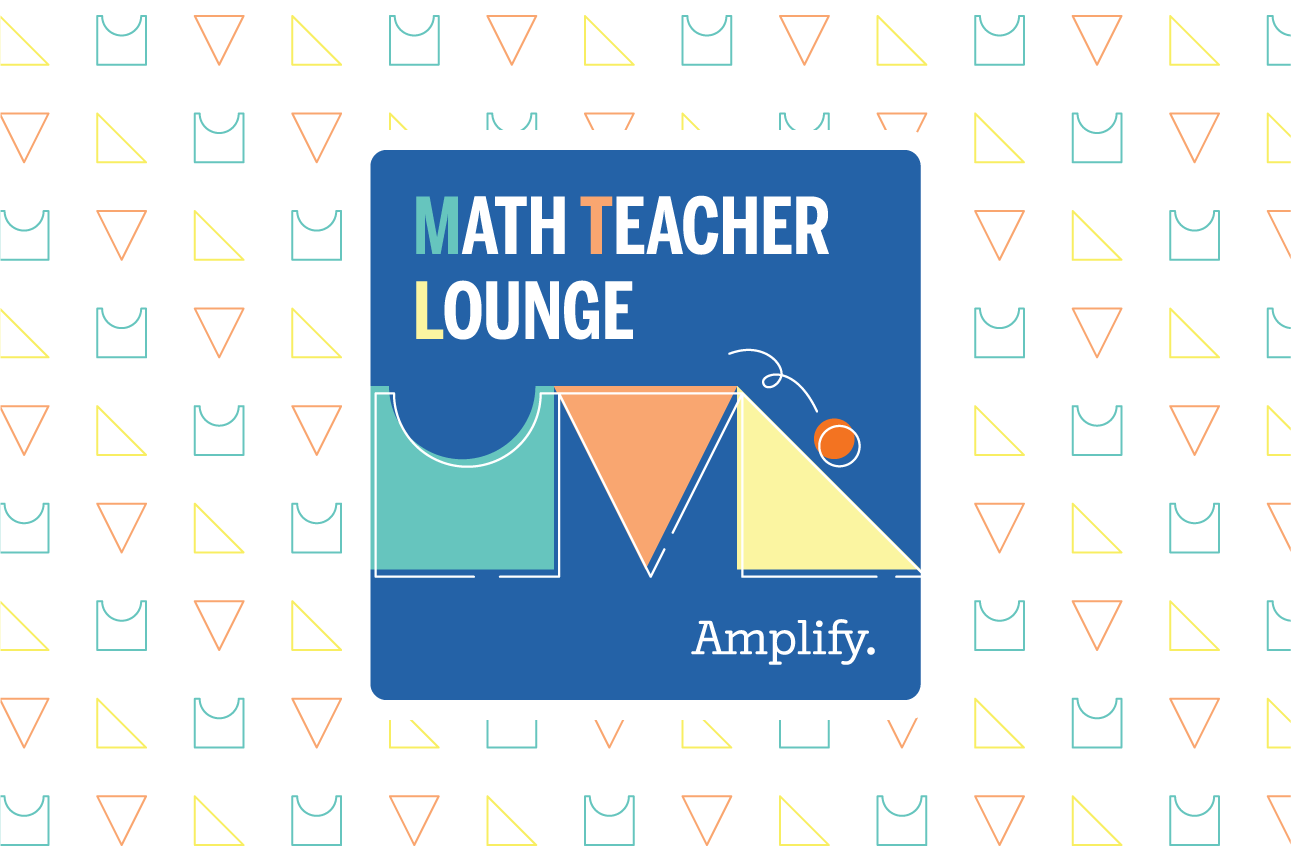
Productive struggle as a path to success
Many of us grew up with word problems as a part of math instruction, but we now know that students learn better when problems are more than just a part of learning. In fact, research shows that learning based on problem solving sets math students up for long-term success.
Why problem-based learning matters
What’s the problem with word problems? So-called “show-and-tell” pedagogies often rely on teachers demonstrating how to solve math problems, which doesn’t produce the kind of sticky learning that puts students on a path to long-term success.
As a result, too few students are prepared for Algebra I. Even fewer go on to succeed in the high school math courses that are prerequisites for college and for careers that require quantitative skills.
Research published in Frank Lester’s 2003 book Research and Issues in Teaching Mathematics Through Problem Solving shows that instruction is more effective when the students themselves grapple actively with the math problems, working in groups or individually. This productive-struggle approach is often called problem-based learning.
What problem-based learning looks like
In a problem-based lesson, students are introduced to a handful of interesting and often real-world problems or tasks that can be understood and/or solved by referencing background knowledge, previously learned content, and newly provided information.
These problems are designed to get students thinking about solutions they can then discuss with their peers. According to 2019 research conducted by Jack Dieckmann and Renae Skarin, this fosters both understanding of the content and math language development.
Over the course of the problem-based lesson, the teacher monitors student work, selects examples of that work to discuss with the class, and asks questions that propel the conversation and learning forward (as described by Margaret Schwan Smith and Mary Kay Stein in their 2011 book Five Practices for Orchestrating Productive Mathematics Discussions.
This synthesis incorporates students’ new insights and conceptions into their bigger-picture understanding of mathematics.
Problem-based math programs
There are already high-quality curricula that call for this kind of pedagogy, but this approach can be hard to implement because it requires both a shift in practice for many teachers and more active engagement from students.
That’s why the highest-quality problem-based lessons embody all eight of the National Council of Teachers of Mathematics (NCTM) Teaching Practices. Amplify Math is one of them.


